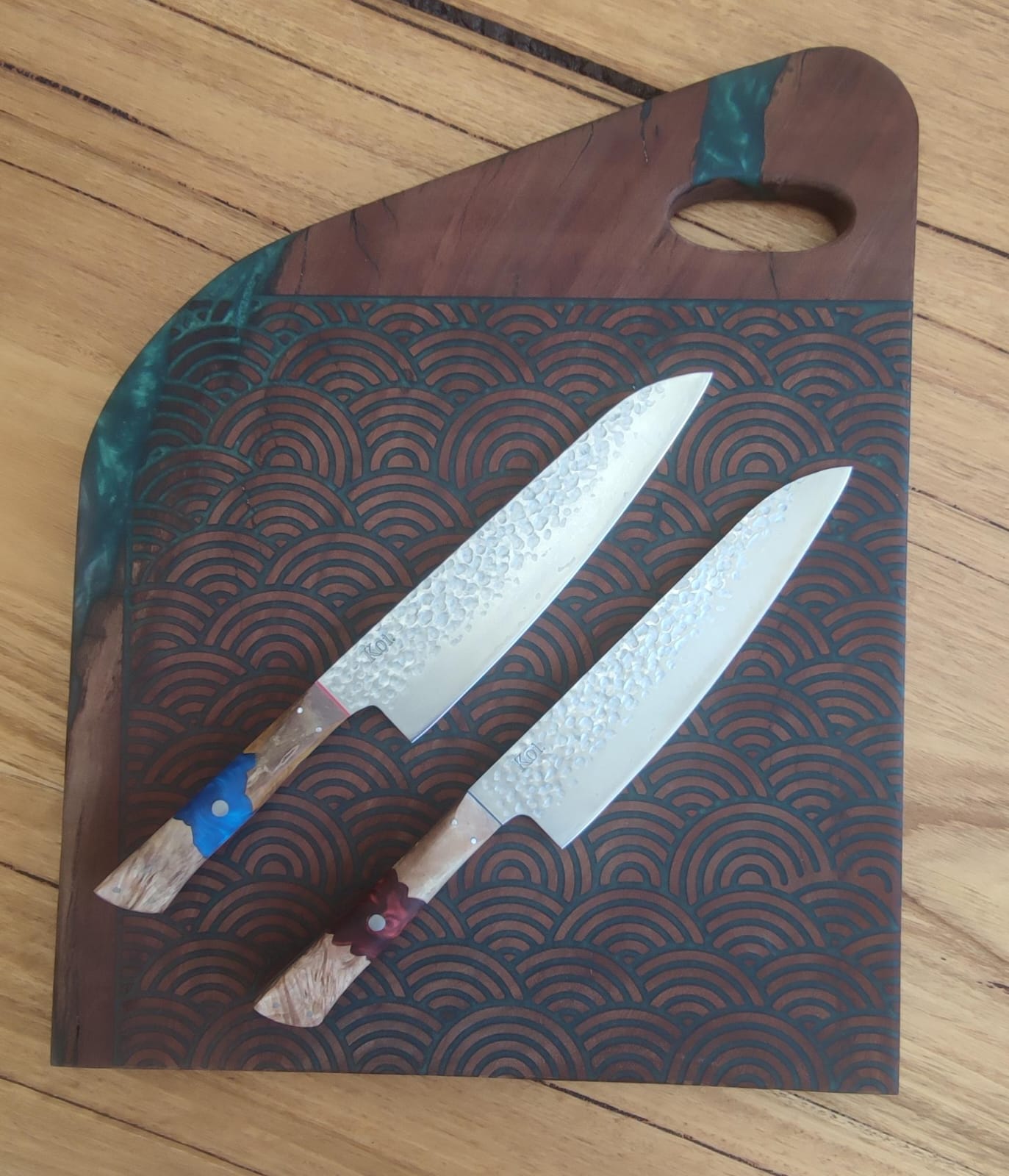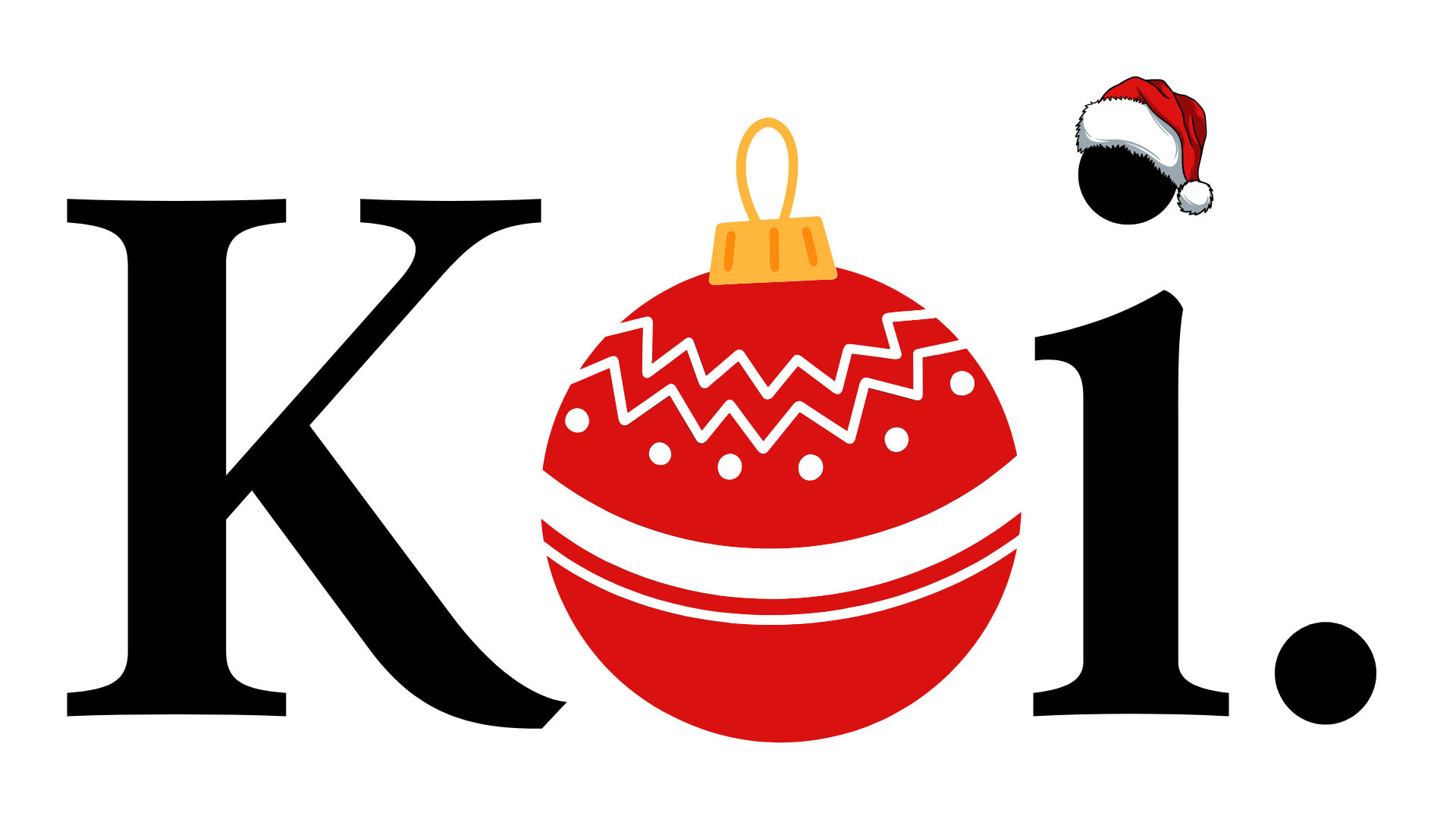A Comprehensive Guide to the Bunka Knife: The All-Purpose Knife
What Does Bunka Mean?
Bunka in Japanese literally translates to “culture”. In Japanese, the name is pronounced as Bunka Bōchō. Bōchō is the Japanese name for a ‘kitchen knife’. Bunka Bōchō therefore literally translates to a ‘cultural kitchen knife’ or simply a ‘cultural knife’ and the name comes from the fact that bunka knives have traditionally been used to prepare cultural cuisines in Japanese homes.
It looks like one of those quintessentially Japanese knives but the knife is actually a Western style Japanese knife version. At least most chefs regard it that way.
The bunka knife is a general-purpose knife that you can utilize for wide-ranging common kitchen tasks. In this aspect, it is akin to the santoku knife which is also a multi-purpose kitchen knife. The lengths for the bunka knives vary widely and can be anywhere from 120mm to 240mm. The most common lengths for bunka knives lie somewhere in the middle. Sizes of 175mm or 180mm are quite common. The most suitable bunka knife size for most people would be approximately 165mm. Give it a try and see the size that works best for you. The bunka knife is best used for cutting fish, meat, vegetables and herbs. It is an all-purpose knife so you will find lots of creative uses for it in the kitchen.
Design-wise, the bunka knife is something of a cross between the gyuto knife and the Santoku knife and is a handy multi-purpose kitchen knife that you can use for a variety of tasks such as slicing, cutting, chopping, dicing and mincing. It looks a little badass. If you are a first-timer, you will find the bunka knife a little intimidating due to its wider blade profile, the ultra-sharp blades and its suddenly sharp-pointed triangular tip. Although bunka knives are less commonplace than their other multipurpose counterparts such as the Santoku knives, they are easily recognizable thanks to their wide blades and the triangular shapes of the tips. It is a less common variation of the Santoku or Gyotu.
In fact, the Bunka, Gyuto and Santoku knives are usually regarded as the stylish Japanese knife alternatives to classic Western chef’s knives. The Bunka, particularly, is regarded as a Western style Japanese knife. Yet, compared, to its Western counterparts, the bunka is shorter, thinner and lighter. Most bunka knives use a harder carbon steel and thus have better edge retention.
It is straight with an edge that sharply slopes towards its tip. It will come in handy when you need to score vegetables. The design also works well when you need to get beneath the fat and the sinews and slice them off. Many Australian chefs use the bunka knives for this very purpose.
You will notice their ‘reverse tanto’ profiles which create a somewhat dexterous and delicate tip. Aesthetically, the bunka knife is quite captivating. Bunka knives look really cool, especially if they are made from patterned Damascus steel.
It is also a versatile knife. We have mentioned that the bunka is a bit of a cross between the Gyuto and the Santoku so you can easily deploy it in kitchen tasks where any of these two other knives are required. Their ultra-flat profiles also make them ideal for the push-cutting and chopping functions in the kitchen.
The Bunka Knife is Push Cut Master
The bunka knives typically feature an all-purpose and tall blade which makes them suitable for push cutting functions, particularly in a professional kitchen setting. You can use the bunka knives to cut vegetables, fruits, fish, meat and more. The blade design of the bunka knife makes it ideal for push-cutting tasks and you can comfortably use it for both short or long cuts. Its ‘sudden’ tip design is triangular in shape and will come in handy for some of the detailed work. The triangle-shaped tip will be particularly useful when you are cutting meat or fish.
Features of the Bunka Knife
You will notice that bunka knife has features somewhat similar to those of the Santoku knife such as its wide blades and its cutting edge is also mostly straight like that of the Santoku knife. The main point of difference between these two general purpose knives lies in the bunka’s ‘reverse-tanto’ angled tip. This triangular tip is also known as the ‘k-tip‘ point.
Because of this pointed tip, the bunka knife delivers a superior performance when you need to do some detailed or intricate cutting such as when you are scoring vegetables or making brunoise cuts. The k-point is also useful when you are doing some light butchering work as you can use it to slice off the fat and sinew from the meat.
The bunka knife has a flat profile that makes it ideal for tap-chopping work. However, since the front edge of the blade is flat rather than curved, you cannot use it in the rock-cutting motion.
Majority of the bunka knives have a double-bevel blade so you can easily use them whether you are right-handed or left-handed.
Size
The Bunka tends to be shorter than the standard western chef’s knives that they are closely associated with. As stated, blade lengths will vary from 120mm to 240mm.
Bunkas have a more compact length and are thus smaller and also lighter than the standard western chef’s knife. It is a great knife choice for those with small hands, particularly female home cooks or female professional chefs as the small size and length reduces strain and fatigue when you use the knife for longer periods of time. The recommended Bunka knife size for both home cooks and professional chefs is a 165mm blade. At 165mm blade length, the knife will be relatively comfortable for use with most produce. At this length, it is also relatively compact and can be wielded easily.
Shape
Bunka knives have a mostly straight cutting edge. The blade is wide and they have a straight and sloping spine. The blade terminates at a ‘reverse tanto’ (see above) angled tip which is also referred to as ‘k-tip’. The shape is quite distinctive and easily recognizable.
Due to their flat profiles, they lend themselves easily to swift downward chops, push-cutting, tap-chopping as well as pull-cutting actions. However, due to the flat edges, you can’t use them in a rock-cutting motion.
The ‘reserve tanto’ angled edge comes in handy for detailed or delicate cutting work such as when you need to score vegetables or make some brunoise cuts as well as in the light butchering work of cutting off fat and sinews from meat.
Handle
Bunka knives can be made with the traditional Japanese handles known as ‘Wa-Handle’ or with Western-style handles. Here is our shed we make Australian wood handles attached to the Bunka blade.
How to Choose Your Bunka Knife
Not all Bunka knives out there are the same. The sizes, handle types and types of steel used vary. These are some of the key factors to keep in mind when shopping for a Bunka knife. Bunka knives are generally eye-wateringly expensive so you should also take into account the budget for your knife set. Would you be willing to splurge $300, $600 or $900 on a Japanese-style chef’s knife? However, you can find some top-notch quality Bunka knives on a knife shop such as KoiKnives where a Bunka knife costs just $275. Koi Knives gives you the advantage of beautifully-crafted Bunka knives made from patterned Damascus steel and with varied handle designs made from Australian wood.
What is Best Steel for Bunka Knives?
When shopping for a Bunka knife and the other types of Japanese knives, you will often be torn between going for stainless steel versus carbon steel types.
The type of steel chosen is important because it determines, the knife‘s edge retention, the ease of sharpening the knife, its resistance to rusting or corrosion and generally, the knife’s overall durability. When you are shopping for a knife, first determine which of these qualities is most important to you and this will guide you in picking the most suitable steel type for your individual needs.
If you are looking for a steel type that is easy to sharpen and one that will retain its sharp edges for a longer duration of time, you can go for carbon steel. The downside of carbon steel is that it is more susceptible to rust and corrosion. If you use a carbon steel knife for a longer duration of time, it is going to develop a patina. Some chefs love this; others don’t. The most popular high-carbon steels used in making Bunka knives are the White Steel, Blue Steel, VG10 and AUS10.
Stainless steel also has its advantages when used in Bunka knives however for Japanese blades this tens to solely be used for the tang and cladding - not the blade core.. Apart from its excellent corrosion resistance, it is also tougher and will not chip off easily. The downside is that it has poorer edge retention and is not easy to sharpen.
Best Handles for Bunka Knives
The type of handle used in the Bunka knife determines not only how comfortable it is to grip but also how well it handles. The type of handle that you will go for, whether Western-style or traditional Japanese, is determined by your knife holding technique.
A Western-style Bunka knife handle will feel more comfortable and familiar to the user if you typically hold your knife by the handle. At Koi Knives, you can find Bunka knives with beautiful Australian wood handles.
However, if you typically hold the knife using a pinch grip, you will find yourself feeling more comfortable and familiar with the traditional Japanese ‘Wa-Handle’.




